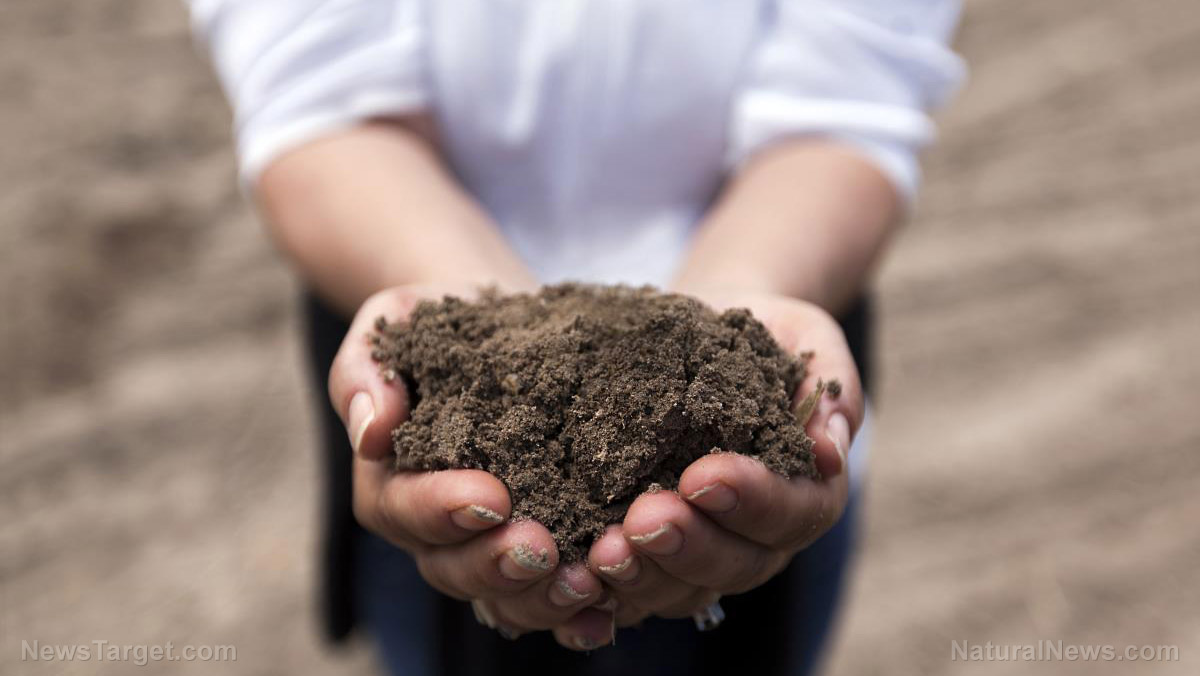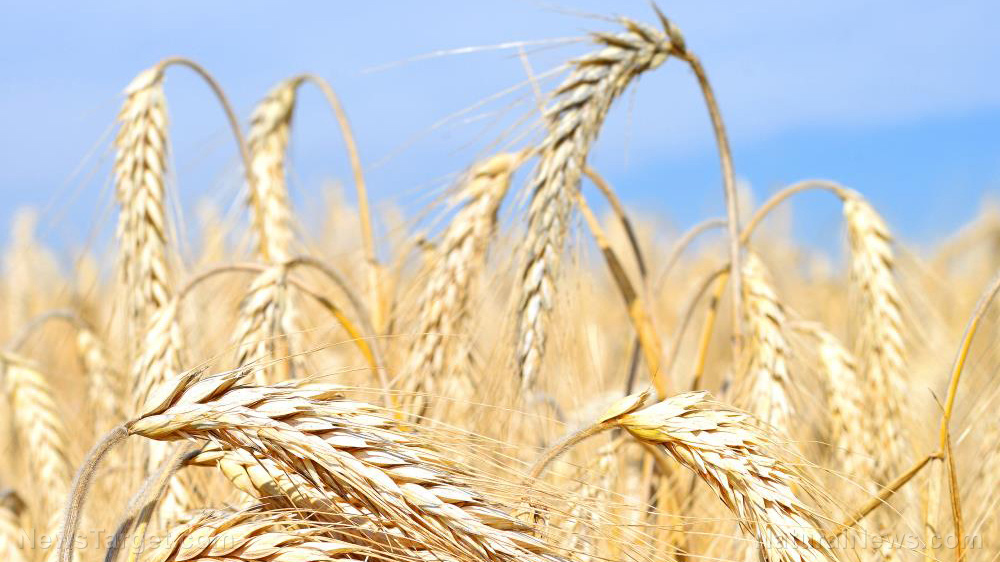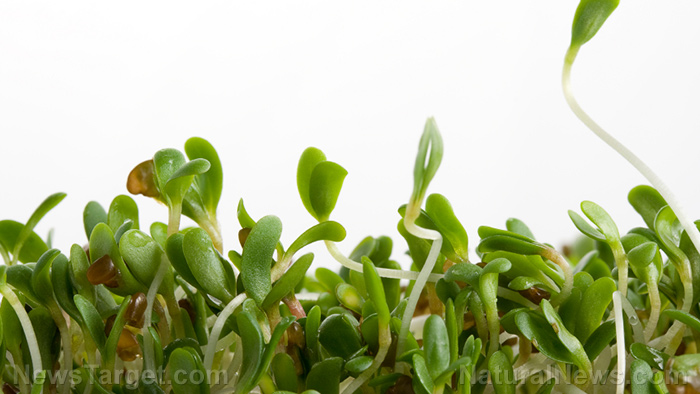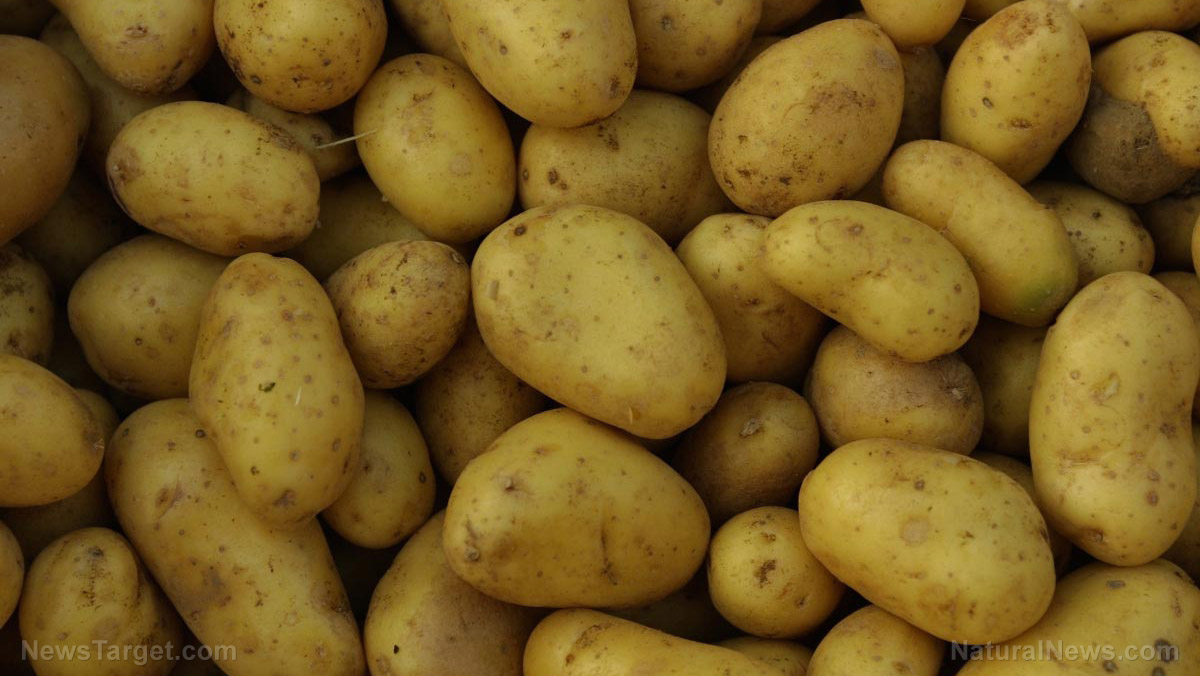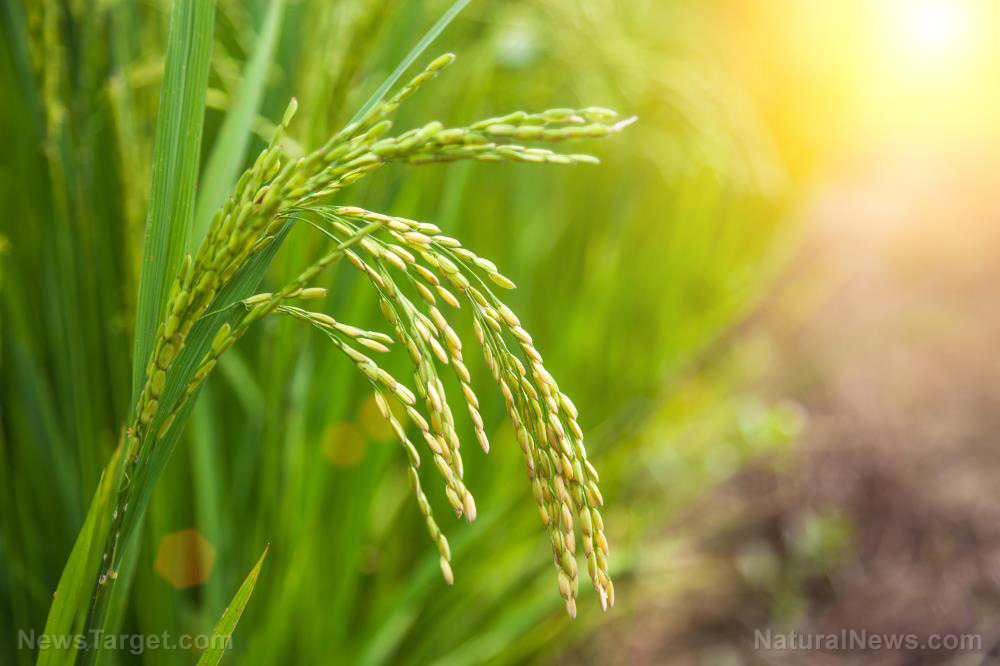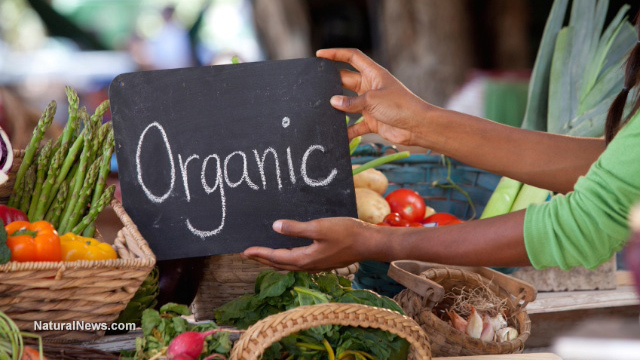Do soil nutrients impact nutrition? Study of how soil minerals affect nutrients
02/09/2019 / By David Williams

The health of the soil upon which crops are planted can directly affect the health of the crops themselves. But the extent to which certain soil minerals can affect nutrients that aid in plant growth isn’t so clear-cut. Certain soil minerals are better than others at improving the health of the soil and, of course, the planted crops as well. That’s why it’s important to understand what kind of effects adding certain soil minerals can bring to otherwise normal expanses of soil.
Now, a research study looks into identifying the actual effects of specific minerals, namely nitrogen (N), phosphorus (P), and potassium (K), on the nutrition of planted fava beans. The research, which was conducted as part of a long-term mineral fertilization experiment, aimed to determine the nutrient concentrations as well as the nutrient ratios that are linked with acceptable nutritional status.
According to the study, the long-term mineral fertilization experiment was first set up in 1989 on chernozem meadow soil that contained calcium carbonate in their deeper layers. This offers a prime opportunity to find out the long-term effects of changing soil nutrients by introducing certain soil minerals into the equation. All possible combinations of four levels each of N, P, and K supplies were set up, resulting in a total of 64 different treatments. The details shared in the research paper are from results obtained in the years 2001 and 2002.
Upon observation, it was discovered that the seed yield of fava bean exhibited a significant increase of nine percent in all years when the NO3-N content of the zero to 60-centimeter soil layer before sowing rose to 76–85 kg ha?1 which was possible at the 80 kg ha?1 N fertilizer rate. Meanwhile, P fertilizer significantly increased the seed yield up to a soil AL-P2O5 content of 176–183 mg kg?1.
As for the K supplies, they ultimately had no real effect on the seed yield when the soil AL-K2O content was in the 230–465 mg kg?1 range. And excessive N supplies were noted to increase both the N and manganese (Mn) contents of fava bean leaves while reducing the iron (Fe), zinc (Zn), and copper (Cu) contents.
To be able to judge the nutritional status of fava beans fully, the research recommended that leaf analysis should be conducted at the beginning of the flowering process. The research noted a few numbers which represented satisfactory nutritional status, which should be sufficient for use in future reference.
Previous studies have shown that certain natural events, such as flash floods, can be helpful in this regard. Regular flooding can sometimes be the source of soil minerals and nutrients that are highly necessary for health and abundant crops. Agriculturalists had recognized it in the dawn of mankind, and it’s about time that the experts of today began to remember it as well.
The results of the research show how individual soil minerals can have markedly different effects on soil nutrients and plant health. And although natural events can help facilitate the addition of valuable soil nutrients and minerals for the improved health of crops, this research shows that merely adding these helpful soil minerals manually can work just as well.
Sources include:
Tagged Under: agriculture, crop health, crops, farming, Fava beans, green living, harvest, Plants, soil health, soil nutrients, sustainable farming




